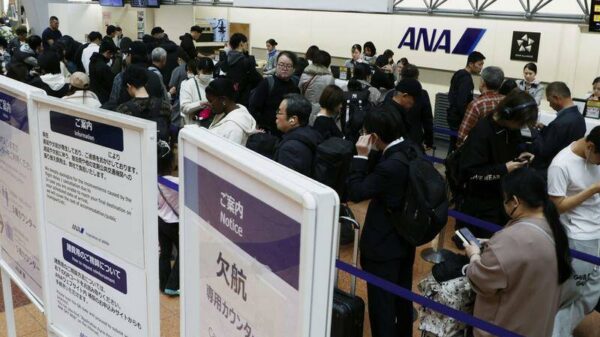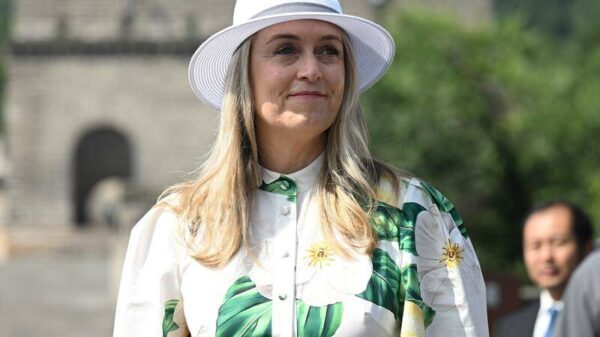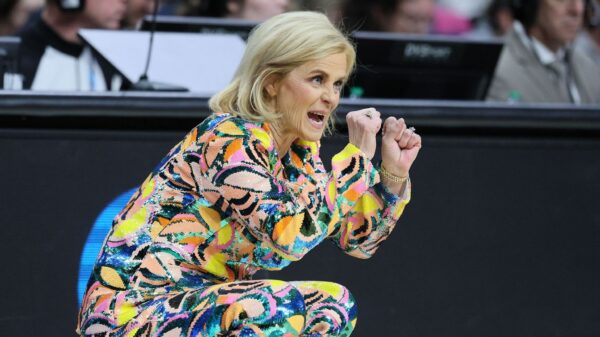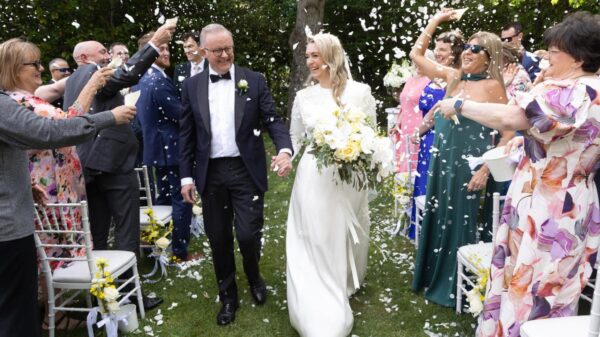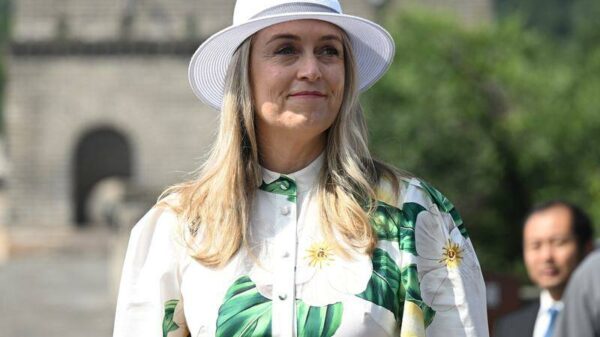Ukrainian President Volodymyr Zelenskyy met with Donald Trump at the White House, seeking security guarantees as part of ongoing efforts to end the war in Ukraine. Zelenskyy arrived with a delegation of European leaders, highlighting a united front in response to Russian aggression. Discussions centered on potential peace talks between Zelenskyy and Russian President Vladimir Putin.
The meeting included key figures such as the President of the European Commission and the head of NATO, along with leaders from the UK, France, Germany, Italy, and Finland. The presence of these officials underscored the importance of a coordinated approach to peace in Ukraine. Zelenskyy emphasized the need for durable peace, stating, “We need to stop this war to stop Russia,” while reinforcing that any peace deal must ensure long-term stability.
Former US Ambassador to Ukraine John Herbst commented on the significance of the meeting, noting that the discussions marked a potential shift toward a more realistic approach to peace. He pointed out that Trump’s previous interactions with Putin had not reflected the seriousness of the situation, but the current dialogue indicated a willingness to explore security guarantees for Ukraine.
Zelenskyy’s attire also reflected a shift in tone. Abandoning his usual military outfit, he wore a suit, a symbolic gesture that resonated with the diplomatic nature of the meeting. Herbst remarked on the importance of these optics, stating, “It reflected Trump’s desire to put pressure on Zelenskyy.”
A notable aspect of the discussions was Trump’s proposal for security guarantees, which would involve the United States committing to defend Ukraine against potential Russian incursions following a peace agreement. This move could be pivotal, as it would signal a robust support system for Ukraine, particularly if Russian aggression were to continue.
Despite the optimistic tone, skepticism remains about Putin’s willingness to engage in meaningful dialogue. Herbst noted that while meetings between Zelenskyy and Putin could be beneficial, the likelihood of Putin agreeing to such talks is uncertain, estimating the chances at “less than 50 percent.”
Zelenskyy’s call for security guarantees reflects a broader concern among Ukrainians about the ongoing conflict. Many citizens remain cautious, aware that previous commitments have not always translated into tangible support. As attacks on Ukrainian cities continue, including a recent incident resulting in at least ten fatalities, the urgency for a concrete peace strategy grows.
The discussions at the White House also touched upon the possibility of deploying European troops to Ukraine as part of a security assurance framework. However, NATO officials have clarified that this topic was not fully addressed during the meeting. The head of NATO remarked that while ground troop deployment was not discussed, subsequent talks will aim to establish a clearer understanding of security measures.
Herbst emphasized that the absence of troops on the ground complicates the security situation for Ukraine. He suggested that controlling airspace and providing advanced weaponry could serve as deterrents against further Russian aggression. Nevertheless, he acknowledged that these measures would not fully substitute for direct military support.
The question of Ukraine’s aspirations to join NATO remains central to the discussions. Article Five of the NATO treaty stipulates that an attack on one member is an attack on all, providing a strong deterrent against aggression. Should Ukraine receive guarantees akin to Article Five, it could significantly alter the dynamics of the conflict.
As the situation continues to evolve, the prospects for a durable peace remain uncertain. Ukrainians are encouraged to remain hopeful, but the path to peace is fraught with challenges. The ongoing conflict has led to significant humanitarian crises, underscoring the urgency for a resolution that prioritizes the welfare of affected populations.
Looking ahead, the outcomes of these discussions will depend heavily on the willingness of both sides to engage in meaningful negotiations. While Zelenskyy seeks a ceasefire to facilitate talks, Putin’s approach appears more focused on territorial concessions, making the prospect of a comprehensive peace deal complex.
In summary, Zelenskyy’s visit to the White House has reignited discussions on the security landscape in Ukraine and the potential for a diplomatic resolution to the ongoing conflict. As world leaders rally in support of Ukraine, the focus now shifts to the practical implications of the proposed security guarantees and the geopolitical ramifications of the evolving situation.










